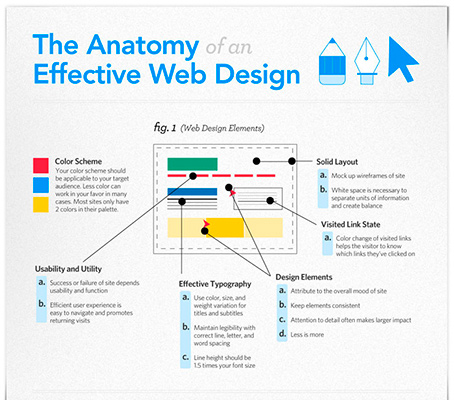Improve Your Site'S Individual Experience And Strive For Style Quality With Our Instinctive Pointers And Techniques, Customized To Fulfill The Needs Of Your Individuals
Improve Your Site'S Individual Experience And Strive For Style Quality With Our Instinctive Pointers And Techniques, Customized To Fulfill The Needs Of Your Individuals
Blog Article
Content Produce By-Dillard McGarry
Master the art of web design by focusing on individual experience. Craft user-friendly navigating and go with mobile optimization to boost the browsing experience. Make sure very easy navigation with clear headings and appealing visuals. Prioritize mobile responsiveness for a consistent individual experience. By including these vital design concepts, you can develop an user-friendly internet site that captivates site visitors.
Essential Style Principles
When making a website, prioritize user experience most importantly else. Your major objective must be to develop a seamless and delightful experience for your site visitors. Begin by ensuring that your web site is very easy to browse. Use clear headings, organized food selections, and intuitive buttons to direct individuals through your material effortlessly. Keep in mind, simplicity is crucial. Prevent jumbling your web pages with unnecessary elements that can overwhelm or perplex your audience.
Another vital style principle is to ensure your site is visually attractive. Pick a natural color scheme, premium photos, and understandable font styles to boost the general look of your website. Consistency is critical in establishing a solid brand identity and making your web site more memorable to users.
In addition, prioritize mobile responsiveness. With even more people surfing the internet on their mobile phones and tablets, it's vital that your site looks and works well on all tools. Evaluate your website on different display sizes to guarantee a smooth experience for all customers. By concentrating on ada website accessibility , you can develop a straightforward web site that maintains site visitors returning for even more.
User-Focused Navigation
To improve individual involvement and simplify their searching experience, focus on producing user-friendly navigating paths that direct visitors perfectly through your website. Clear and well-organized navigating is crucial for aiding individuals discover the details they require promptly and effectively. Start by keeping your menu framework easy and understandable. Use descriptive tags that clearly show what web content can be located under each menu choice. In addition, consider carrying out dropdown menus for subcategories to avoid congestion the main navigation bar.
One more key facet of user-focused navigation is the use of breadcrumbs. Breadcrumbs are an additional navigation aid that reveals individuals their present area on the website and permits them to quickly browse back to previous pages. This attribute is particularly useful for individuals who enter your site via a deep link or a search engine result.
Moreover, integrating search performance plainly on your web site can additionally boost individual navigating. A search bar enables users to rapidly locate certain web content without having to click through numerous pages. Make sure that your search bar is quickly noticeable and available on every web page of your site for maximum functionality. By local web designers near me -focused navigating strategies, you can develop a much more user-friendly and delightful surfing experience for your site visitors.
Mobile Optimization Techniques
Consider maximizing your web site for mobile phones to guarantee a seamless user experience across various display dimensions. Mobile optimization is important in today's electronic landscape where a considerable section of web browsing happens on mobile phones and tablets.
To enhance mobile functionality, beginning by implementing responsive style strategies. This technique permits your site to adapt to various screen measurements, maintaining performance and looks.
Focus on enhancing packing times for mobile customers. Slow-loading websites can prevent site visitors and impact your online search engine positions. Compress images, minimize HTTP requests, and utilize web browser caching to boost filling speed. Furthermore, focus on content power structure for mobile displays. Make certain that crucial info is prominently displayed, and navigating is user-friendly, advertising very easy accessibility to crucial sections.
Use touch-friendly elements such as larger buttons and structured forms to help with communication on mobile devices. Conduct extensive testing across various mobile systems to determine and fix any type of usability problems.
Final thought
Finally, grasping the art of web design is crucial for creating an user-friendly website. By including vital design concepts, user-focused navigating, and mobile optimization methods, you can guarantee a seamless and satisfying experience for your site visitors.
As an example, a neighborhood bakeshop saw a 30% boost in online orders after revamping their site to be extra user-friendly and mobile-responsive. Keep in mind, a properly designed web site can make all the distinction in bring in and maintaining clients.
